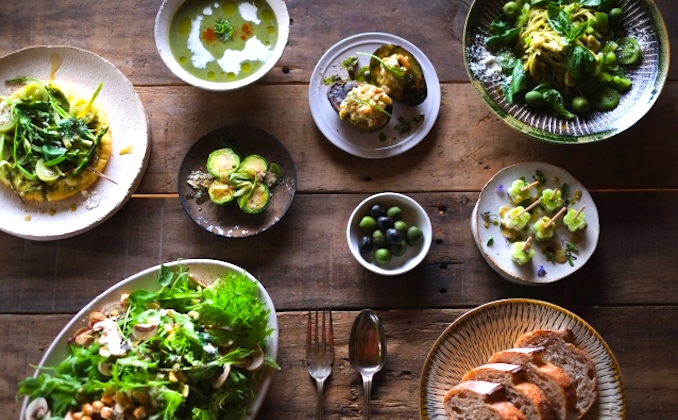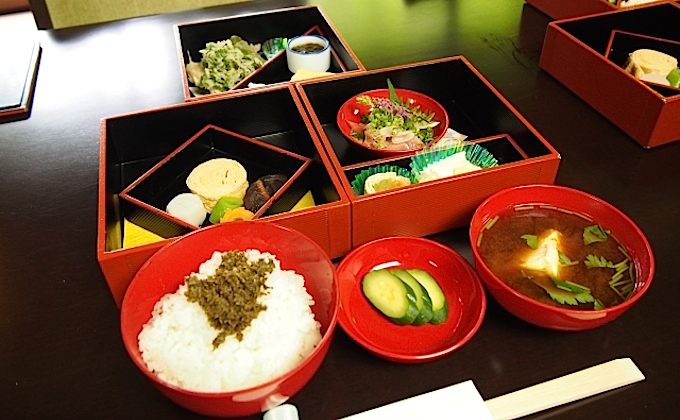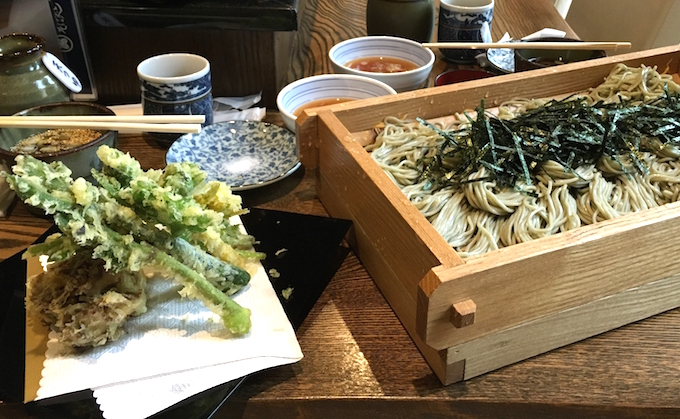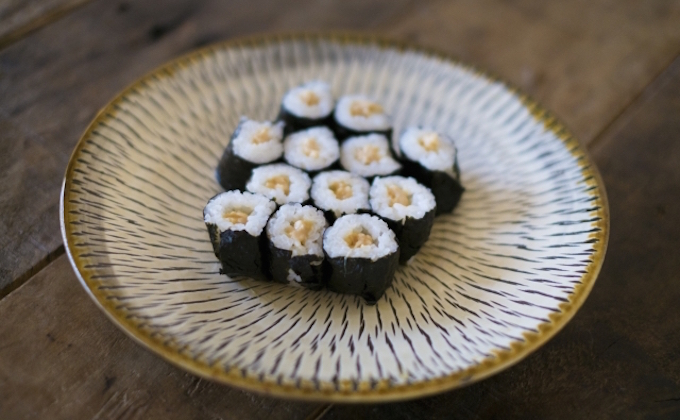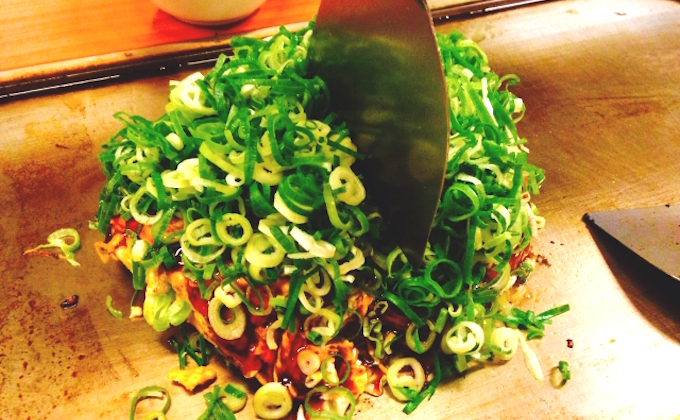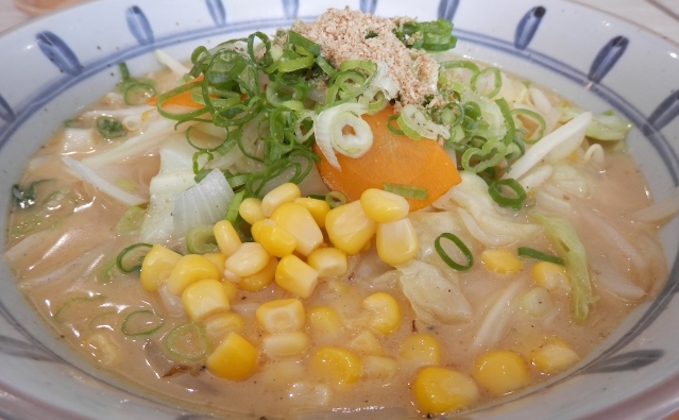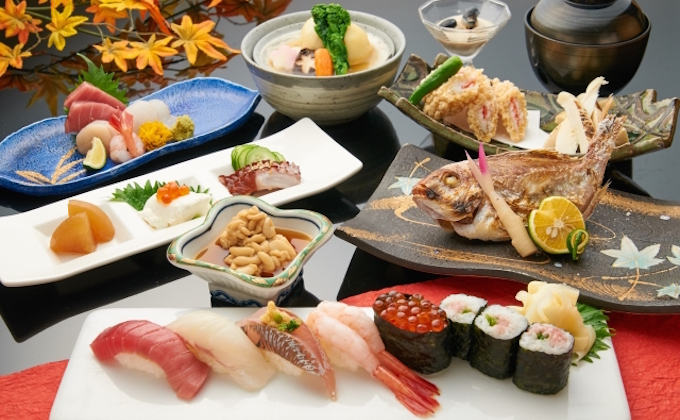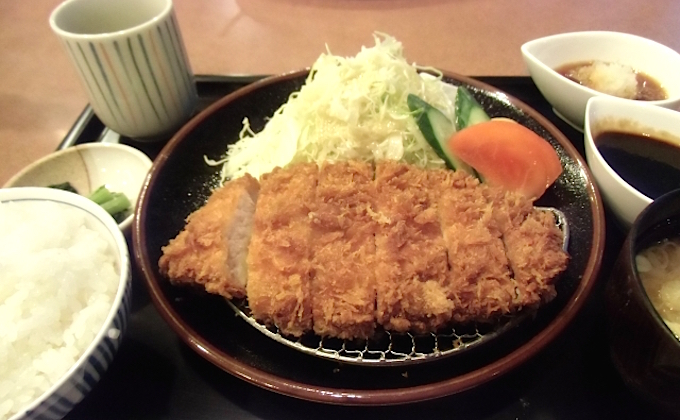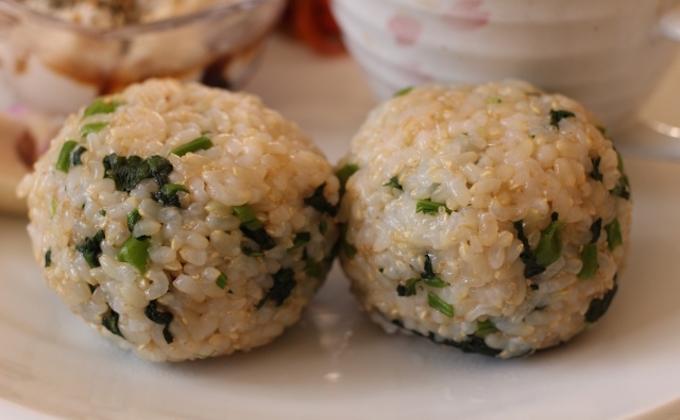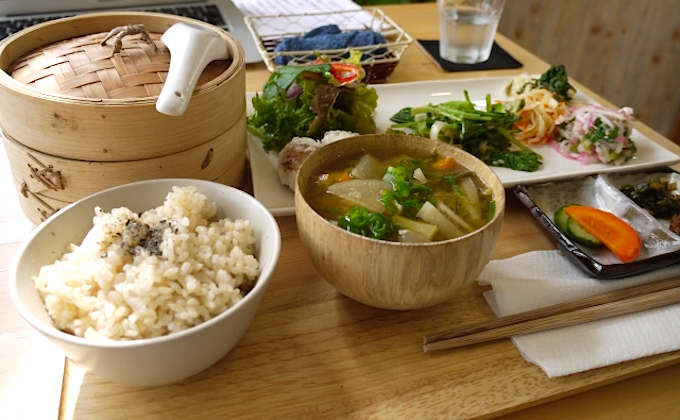TRG Info and Advice
Why Are You a Vegetarian?
You may get asked this question a lot, no matter where you are, so having an answer prepared could save you some time!
Vegetarian for Ethical and Environmental Reasons
If your answer is, “Because the way animals raised for meat are treated is often cruel, and the production processes are inhumane and environmentally irresponsible,” then you may want to stay at a temple while visiting Japan, and sample the vegetarian diet of Buddhist monks: Shojin Ryori. Simple dishes that focus on the natural flavors of vegetables also include bean-based ingredients like tofu, as well as rice, to make up these vegetarian- friendly meals. Usually both dinner and breakfast are served, and meals are often pre-set, so there is no stress of deciding what to eat or trying to decipher a menu, either.
When eating out, you may want to try zaru soba (buckwheat noodles served on a small bamboo screen and topped with thin slices of “nori” seaweed) with vegetable tempura. Both the soba and tempura usually come with a dipping sauce which may or may not be fish-based, but you could sprinkle some salt on top, or dip them in soy sauce and grated Japanese white radish instead. There are other types of soba, too, with fried bean-curd or egg on top, which also come with soup or a dipping sauce, but, again, the broth is usually fish-based.
Onigiri (rice balls) are another option. Rice balls can be chosen, based on their fillings, to accommodate a vegetarian diet. The following options are meat and fish free: umeboshi (pickled plums), konbu (sweet and salty seaweed strips), takana (sautéed mustard leaf), or negi-miso (fermented bean paste and chopped Japanese leeks).
Sushi can also be vegetarian! Some places are now offering interesting variations on the old standards by using avocado, onions, cream cheese and bell peppers. If you eat eggs, tamago sushi is a delicious choice! Brave eaters can try the infamous nattou-maki roll! Nattou, like miso, is made of fermented soybeans that are seasoned with soy sauce and sometimes spicy mustard, and is definitely an acquired taste. Other vegetarian rolls include: shiso (perilla leaf) and pickled plum, and kanpyo (pickled Japanese gourd).
Okonomiyaki (literally: “as-you-like-it” pancakes) are cabbage-based and usually made to order, so you can select your ingredients carefully. They are usually topped with dried bonito flakes, though, so you may want to say, “Katsuoboshi nuki kudasai,” (no bonito flakes, please).
Ramen is another option if you can find one that has a vegetarian soup base. Vegan and vegetarian ramen options are cropping up around Tokyo as Japanese restaurants are beginning to catch on to the concept. The basic phrase, “Niku wa haiteimasu ka?” (Is there meat in this?) can be useful, but sometimes “niku” can be interpreted as “beef,” so even if your server says, “Haiteinai desu,” (there is no meat in here), you might get a hunk of something on your noodles…
Pescatarlan?! Great!
Choosing this type of vegetarianism will open up your food options in Japan considerably! As almost all soups (even miso) are fish-broth-based, including those for udon (wheat noodles), soba (buckwheat noodles), and ramen, being a pescatarlan is a pretty good fit for visiting Japan. All sorts of delicious noodle dishes will become available to you, not to mention the plethora of fish dishes in which you will be able to indulge! Grilled, fried, filleted and fresh, there are so many ways to enjoy Japanese seafood. And a trip to Japan would just not be complete without sushi. Sitting up at the counter, watching the chefs’ knives fly as they prepare the most delicious sushi you are ever likely to encounter, should be on everyone’s bucket-list! At least everyone whose bucket-list includes a trip to Japan…
Vegetarian for Health Reasons
If you have chosen to be a vegetarian for health reasons, you may want to give yourself a break while in Japan. The use of meat here is extremely different from that of the U.S. and other western countries. Rather than having a large steak, whole chicken, or pork chop be the main ingredient of the meal, choice pieces of meat are often sautéed, stewed or stuffed with or served alongside of plenty of vegetables, bean products and konyaku (jelly-type chunks or noodles). Bite-sized pieces of beef add flavor to stews and curries, and ground pork and chicken are mixed with other non-meat ingredients to make burgers and croquettes. Even fried pork cutlets are usually served with a shredded cabbage salad or sautéed onions.
Research Your Options
Before you come to Japan, or even once you arrive, take some time to explore your vegan and vegetarian options. Big cities are more likely to have restaurants with various dietary options, but smaller towns will require a little more thought. The eating-out recommendations listed for vegans above will be on most menus, even in the middle of nowhere. Do an internet search on being a vegetarian in Japan for extra advice on coping. The Inside Japan Tours website has a survival guide for vegetarians of various degrees, including phrases to print out and carry around with you. They will even inform your accommodations of any special dietary restrictions ahead of time, if you become a member.
Japan is a country with a finely-tuned food culture that adores vegetables and seaweed in a variety of forms: fresh, fried, sautéed, pickled and stewed. Even if your meal includes some meat, rest assured, it will usually be surrounded by a symphony of tasty non-meat dishes. You may find that your diet and temperament feel more balanced, too. Foreign travelers with dietary restrictions are also becoming more common, though, and the natural hospitality instinct embedded in Japanese culture is requiring the Japanese food industry to respond!






